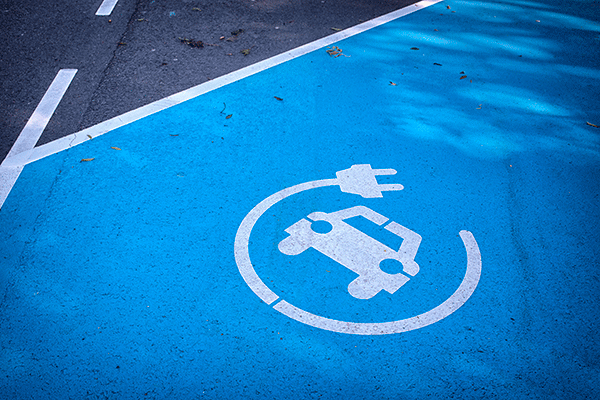 In 2005, the number of electric vehicles on the road could be measured in the hundreds. Over the years, researchers have made technological leaps in the field of EVs. Now, we’ve exceeded a global threshold of one million EVs, and the demand continues to grow.
In 2005, the number of electric vehicles on the road could be measured in the hundreds. Over the years, researchers have made technological leaps in the field of EVs. Now, we’ve exceeded a global threshold of one million EVs, and the demand continues to grow.
However, the ultimate success and growth of the EV hinges on battery technology. With some scientists stating that convention Li-ion batteries are approaching their theoretical energy density limits, researchers have begun exploring new energy storage technologies.
ECS member Qiang Zhang is one researcher focusing on technologies beyond Li-ion, specifically focusing on lithium sulfur batteries in a recently published paper.
“The lithium sulfur battery is recognized as a promising alternative for its intercalation chemistry counterparts,” Zhang says. “It possesses a theoretical energy density of ~2600 Wh kg-1 and provides a theoretical capacity of 1672 mAh g−1 through multi-electron redox reactions. Additionally, valuable characteristics like high natural abundance, low cost and environmental friendliness of sulfur have lent competitive edges to the lithium sulfur battery.”
This from Tsinghua University:
In commonly used liquid electrolytes for lithium sulfur batteries, the lithiation of sulfur involves multiphase solid-liquid-solid conversion. The highly soluble intermediates, known as lithium polysulfides, are prone to itinerate between sulfur cathode and lithium anode, which is often referred to as “shuttle” mechanism.
Because of the uniqueness of this chemical process, the research team is able to develop a working battery in a wide range of temperatures, but there are also some drawbacks. Because the soluble polysulfides flood to the lithium anode, undesirable reactions occur, draining the battery and presenting an obstacle for practical applications.
“We are always trying to figure out a more sophisticated strategy to tackle this problem,” Zhang says. “When you carefully look into the electrochemical process, you will see something germinated from the old Chinese wisdom, the balance of ‘yin’ and ‘yang’. Generally, every being in this universe can find its counterpart, or the opposite side, and a subtle coexistence of the two keeps a system safe and sound. It gives us a hint about how to mediate the electrochemical reactions in lithium sulfur batteries.”
Zhang and his team offered up a new perspective on these issues, in which they believe they have built a balanced system while focusing on issues connected to polysulfieds.
“We have come up with a design aimed to balance the ‘yin’ and ‘yang’ in this system, which are ‘sulfiphilicity’ and ‘lithiophilicity’ respectively,” Zhang says. “We focus on the culprit, polysulfides, trying to understand how to better trap them and facilitate the conversion. The distinct electronegativity between terminal lithium and sulfur are just like ‘yang’ and ‘yin’, the mutual counterpart for each other. Hence, it’s a natural guess that an efficient electrochemical mediator that deal with the ‘yin’ and ‘yang’ together would be highly efficient.”


